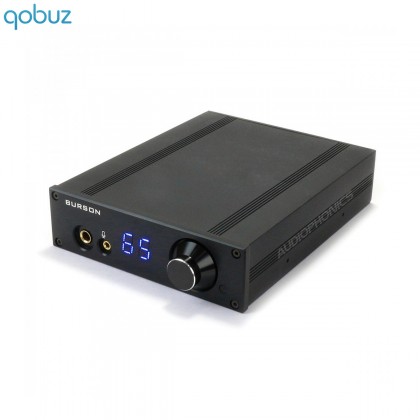New Customer?
Create your accountNo products
Prices are tax included
BURSON AUDIO PLAY V5i DAC USB ES9018 XMOS / Headphone Amplifier Preamplifier Class A 32bit 384kHz DSD
Burson offers with the Play an Hifi device extremely versatile by its features and its integration possibilities. Thus, the Play is presented both as a USB DAC based on an excellent ES9018 conversion chip, but also as a headphone amplifier and Class A preamplifier.
By buying this product you get 46 loyalty points
Accessories for this product
Burson Play v5i
DAC USB XMOS ES9018 / Headphone Amplifier Preamplifier Class A 32bit 384kHz DSD
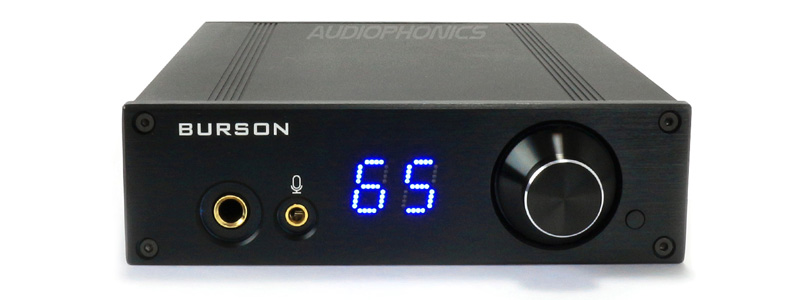
Play Music
With Play, Burson offers an extremely versatile Hifi device due to its functionalities and integration possibilities. Thus, the Play comes both as a DAC USB, based on an excellent ES9018 conversion chip accompanied by an XMOS USB interface, but also as an headphone amplifier, based on a Class A circuit and capable of delivering 2W per channel. A consistent power for headphone amplifier that will allow it to accompany the vast majority of headphones on the market, while keeping a precise sound without being aggressive, whatever the volume level.
But the Burson Play goes further by offering a Class A preamplifier with remote control or via the front panel potentiometer. It can therefore be matched with a power amplifier or active speakers without any problem, for a modular system.
Moreover the Play is a product which will associate without concern with the majority of the operating systems like Windows, OSX, iOS or Android.
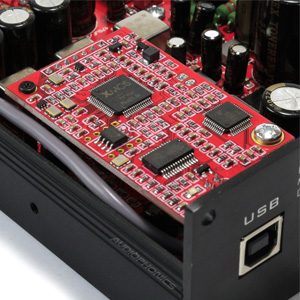
DAC ES9018 & XMOS
The Burson Play is therefore based on the couple composed by the excellent DAC ESS ES9018 and the very good USB interface XMOS. This first chip will allow a quality Digital / Analog conversion ensuring a wide dynamic range and extremely low distortion while supporting high audio formats such as 32bit 384kHz files or DSD. The XMOS interface will allow you to enjoy a very good digital input to connect your computer or smartphone for example, while also supporting high audio resolutions.
OPAs for a neat sound
Burson integrates a series of 5 proprietary OPA into the Play. So on the circuit there are 3 double OPA V5i-D and 2 single AOP V5i-S. The 3 double OPA will support the DAC section and the output stage. The 2 single OPA are integrated into the headphone amplifier circuit and the preamplifier.
These OPA benefit from superior manufacturing quality, integrating both integrated circuits and discrete components. They will provide an audio signature very similar to that of the discrete V5 OPA, considered by many as the reference in audio applications. A fast, dynamic and transparent response while offering a wide sound image. The quality of manufacture is found until the pins of each OPA which are gold-plated for a better conductivity and resistance.
In addition, for the most audiophiles eager to change the AOP to find a sound that would better suit their ears, these are mounted on DIP8 and therefore easily changeable. For example, it is quite possible to replace the V5i by Burson V5 or by Burson V6.
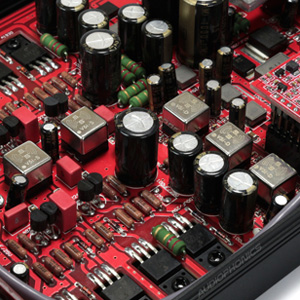
A special form factor for a new integration
If the Burson Play is so particular, it is also because of its particular form factor. If at first glance nothing is obvious, it is by taking an interest in Burson's proposal that we quickly understand the versatility of the device. Indeed, if this one will be able to be posed in a very traditional way on a desk to accompany your long sessions of listening to the headphones, it also proposes a more discreet integration. Indeed, it can be inserted directly into a 5.25" bay of your computer to erase from your interior. So you can enjoy high-quality headphone listening from your desktop computer, while having an accessible volume controller on the front for easier control. It should also be noted that the integration of the device in a computer will not fail to give your turn a design feature of its own.
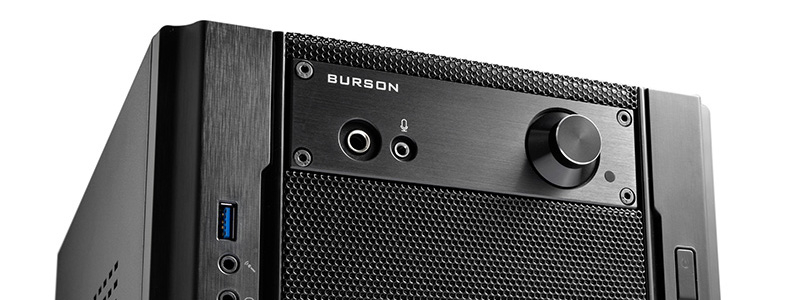
Carefully selected components
If we look at the PCB as a whole, we will also see that while Burson did not skimp on the quality of the main components, the rest follows. There are therefore many quality components organized precisely and efficiently. We will note the presence of 4 transistors C5171 and 4 transistors A1930 from Toshiba, a low signal relay Panasonic TQ2-5V, 2 diodes with rectifier barrier Schorrky SS52 or 2 regulators LT1085.
A simple but well thought connection system
On the connector side, Burson is simple and efficient. There is a USB-B port for the XMOS chip and a 6.35mm jack on the front of the device. Two small peculiarities for this Play, we will note the presence of a Pre Out output for those wishing to benefit from an external amplifier but also the presence on the front of a 3.5mm jack connector for the use of a mic.
As far as the power supply is concerned, this can be done via two different connectors depending on the integration chosen. For a classic use, we will choose the DC Jack port but for integration within a computer, we will then turn to the Molex connector, allowing the device to be powered directly from the PC power supply.
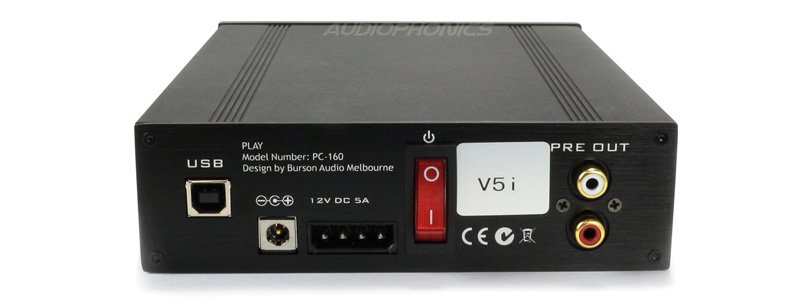
sober design, easy ergonomics
The Burson Play has a sober and efficient design so that it can be easily integrated into any current audio system. Its 100% brushed aluminum housing will ensure that the unit's components are properly protected from shock and dust. There is a blue LED display on the front of the unit to indicate the volume (from 0 to 99). This one is of the most beautiful effect, reactive and luminous, in order to be readable in any situation.
Ergonomically speaking, nothing could be simpler. The PLay only has an ON/OFF switch on the rear and a potentiometer on the front panel, allowing you to adjust the volume and switch the unit to MUTE mode. However, Burson's product also offers a compact IR remote control for remote volume control.
A complete package
Burson supplies all the accessories necessary to operate the device. We find in the box the device of course, but also its power supply of 12V 6A, the remote control with battery CR1220 included, 4 non-slip feet, an adapter Jack 3.5mm to Jack 6.35mm, a panel with RCA connector for your computer as well as its screws and allen key for mounting, a USB-B to USB-A cable, a RCA-RCA cable and finally a USB-B to 9 pins connector cable (to recover the sound on the motherboard of your computer).
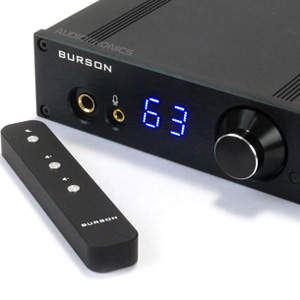
Qobuz reviews the Burson Play V5i
Qobuz offers you a complete test of the Burson Play V5i with a general presentation of the device and its characteristics, analysis of the design and internal components and of course a listening.
Read the Burson Play V5i test by Qobuz.| Specifications | |
|---|---|
| Input impedance | 35KΩ |
| Frequency response | 0 - 35kHz (+-1dB) |
| THD | < 0.02% |
| Headphone amplifier output impedance | 8Ω |
| Pre Out output impedance | 35Ω |
| Headphone Jack 6.35mm impedance / Power | 16Ω : 2W 32Ω : 1W 100Ω : 0.32W 150Ω : 0.20W 300Ω : 0.1W |
| SNR / Separation | 92dB : 99% |
| DAC : Channel separation | 132dB @ 1kHz 122dB @ 20kHz |
| DAC :THD+N | 0.0015% @ 1kHz, 0dBFS |
| USB : Compatibility | Win XP, 7, 8 , 10 Mac OSX iOS Android |
| USB : PCM & DXD Sampling rate | Up to 32bits 384kHz |
| USB : Native DSD | DSD256 |
| DoP | DoP256 |
| Connectors | |
|---|---|
| Input | USB-B Jack 3.5mm for microphone |
| Outputs | Pre Out RCA Jack 6.35mm for headphone |
| General | |
|---|---|
| Power supply | Via Jack DC 5.5/2.1mm 12V 6A (included) Via Molex connector |
| Dimensions | 210mm x 145mm x 45mm |
| Housing material | 100% brushed Aluminium |
| Color | Black |
| Package | 1x Burson Play 1x 12V 6A power supply 1x RCA-RCA male cable 1x USB-A to USB-B cable 1x 9 pins connector to USB-B 1x RCA panel for computer Screws and Hex screwdriver anti-slip feet |
No reviews at this time.


